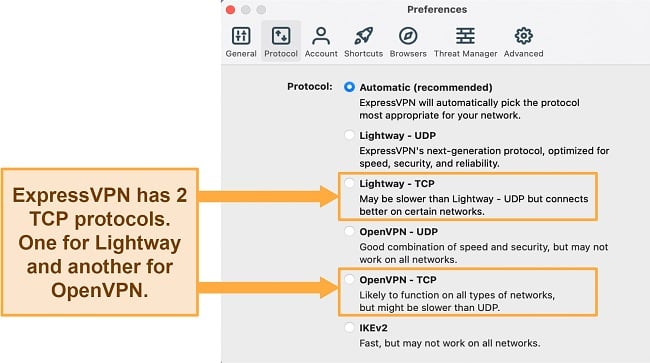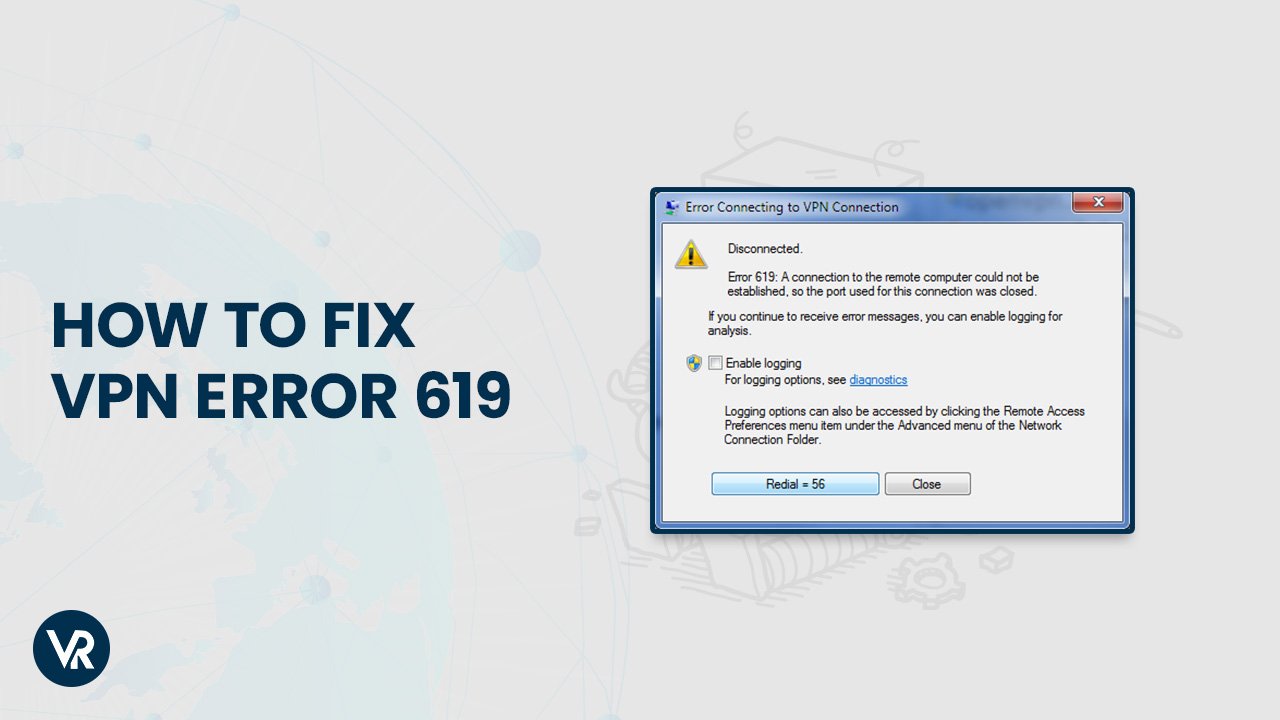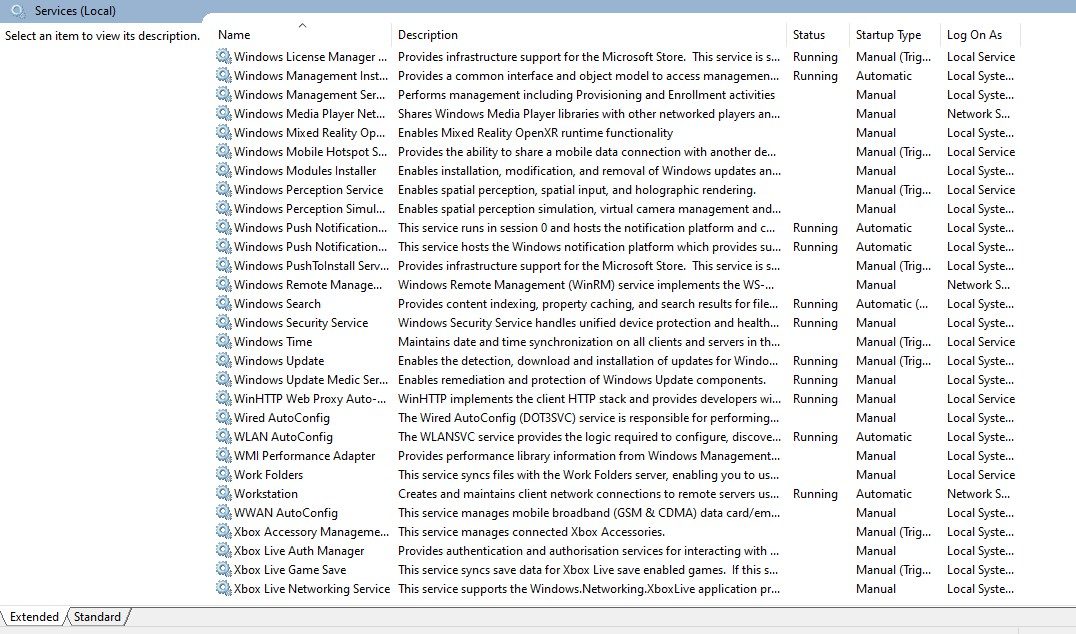Featured
Table of Contents
5 Common Vpn Issues And Solutions To Fixing Them

The Routing and Remote Access snap-in lives within the Microsoft Management Console, known as the MMC. There are numerous methods to access the MMC. You can pick the console from the Start menu's Programs alternatives, within the Administrative Tools folder within Windows server's Control board or by typing mmc at a command timely.
As Tech, Republic's Brandon Vigliarolo shows within his video at the start of this short article, the Services console shows the status of the Routing and Remote Gain access to entry. From within the Solutions console and with the Routing and Remote Gain access to entry highlighted, you can click Start the Service or right-click the entry and choose Restart.
In some cases the VPN client and VPN server are set to using different authentication methods. Confirm whether an authentication mistake is the problem by opening the server console. Yet another technique of accessing the MMC is to type Control+R to open a command timely in which you can type mmc and hit Get in or click OK.
If the entry isn't present, click File, choose Add/Remove Snap-in, pick the Routing and Remote Gain access to choice from the choices and click Include, then OK. With the Routing and Remote Access snap-in included, right-click on the VPN server and click Properties. Review the Security tab to validate the authentication approach.
Why Your Vpn Keeps Disconnecting And How To Prevent It
Ensure the VPN customer is set to the authentication technique specified within the Security tab. Generally the items simply reviewed are accountable for many VPN connection rejection mistakes. However other principles need to be correct, too. For example, if the Windows Server hosting the VPN hasn't signed up with the Windows domain, the server will be not able to validate logins.
IP addresses are another basic aspect for which administration should be correctly set. Each Web-based VPN connection generally uses 2 different IP addresses for the VPN client computer system. The very first IP address is the one that was designated by the customer's ISP. This is the IP address that's used to establish the initial TCP/IP connection to the VPN server online.

This IP address typically has the exact same subnet as the local network and therefore enables the client to interact with the local network. When you established the VPN server, you should configure a DHCP server to designate addresses to customers, or you can produce a bank of IP addresses to appoint to customers straight from the VPN server.


If this choice is chosen and the effective remote gain access to policy is set to permit remote gain access to, the user will have the ability to connect to the VPN. Although I have been not able to re-create the scenario personally, I have actually heard reports that a bug exists in older Windows servers that can trigger the connection to be accepted even if the effective remote gain access to policy is set to deny a user's connection.
Identifying And Solving Vpn, Firewall Or Network ...

Another common VPN issue is that a connection is effectively established but the remote user is not able to access the network beyond the VPN server. By far, the most typical cause of this issue is that consent hasn't been granted for the user to access the entire network. To allow a user to access the entire network, go to the Routing and Remote Gain access to console and right-click on the VPN server that's having the issue.
At the top of the IP tab is an Enable IP Routing check box. If this check box is allowed, VPN users will be able to access the rest of the network, presuming network firewall programs and security-as-a-service settings permit. If the checkbox is not selected, these users will have the ability to access just the VPN server, but nothing beyond.
For instance, if a user is dialing directly into the VPN server, it's typically best to configure a fixed path in between the customer and the server. You can set up a static path by going to the Dial In tab of the user's properties sheet in Active Directory Users and Computers and selecting the Apply A Fixed Route check box.
Click the Include Route button and after that enter the location IP address and network mask in the space provided. The metric must be left at 1. If you're utilizing a DHCP server to appoint IP addresses to clients, there are a couple of other issues that could cause users not to be able to go beyond the VPN server.
Troubleshoot The Genesys Cloud Webrtc Phone
If the DHCP server assigns the user an IP address that is already in use in other places on the network, Windows will detect the dispute and prevent the user from accessing the remainder of the network. Another common problem is the user not getting an address at all. The majority of the time, if the DHCP server can't designate the user an IP address, the connection will not make it this far.
254.x. x variety. If the customer is appointed an address in a range that's not present within the system's routing tables, the user will be unable to browse the network beyond the VPN server. Other problems can add to this issue, too. Ensure the resources the user is trying to access are actually on the network to which the user is linking.
A VPN connection to the other subnet might, in fact, be needed. A firewall or security as a service option could also be to blame, so don't forget to review those options' settings, if such elements exist between the VPN server and the resources the user looks for to reach.
The very first possibility is that one or more of the routers involved is performing IP package filtering. I recommend inspecting the client, the server and any machines in between for IP package filters.
Latest Posts
The Top 10 Enterprise Vpn Solutions
Advantages And Disadvantages Of A Vpn
10 Best Cloud Vpn Providers In 2023